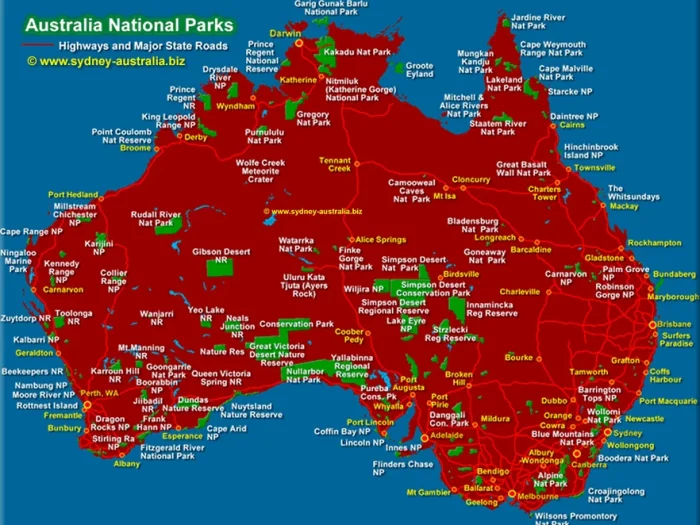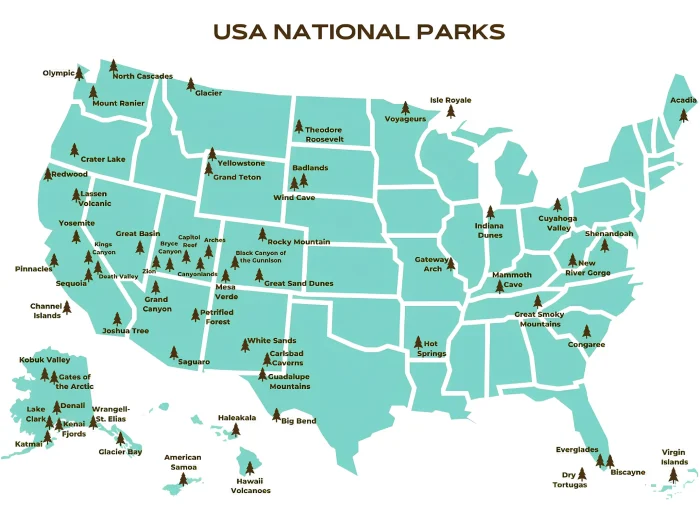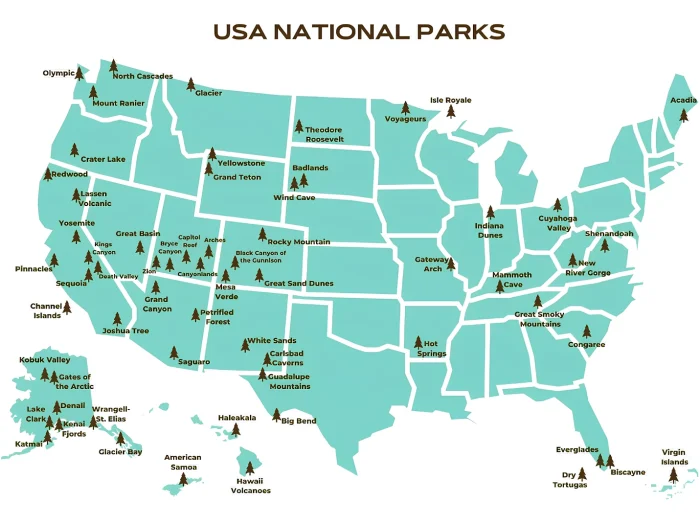When Was Congaree National Park Established?
Congaree National Park, located in central South Carolina, is home to one of the largest intact expanses of old-growth bottomland hardwood forest in the southeastern United States. Officially designated as a national park on November 10, 2003, Congaree has a much longer history of conservation that highlights its unique ecological importance and natural beauty.

Early Protection Efforts
The push to protect the Congaree floodplain began in the mid-20th century, when conservationists recognized the ecological value of its towering trees, rich biodiversity, and seasonal floodplains. These forests contain some of the tallest trees in the eastern United States, earning the area nicknames like “the Redwoods of the East.”
In 1976, the area was first given federal protection when it was designated Congaree Swamp National Monument. This initial status aimed to preserve the ancient forest from logging and other threats, but it came with limited funding and fewer protections compared to national parks.
Becoming a National Park
After decades of advocacy and growing public interest, Congress passed legislation to elevate the monument to full national park status. On November 10, 2003, President George W. Bush signed the bill into law, officially creating Congaree National Park.
This change not only recognized the ecological importance of the region but also helped increase awareness, funding, and tourism, allowing more people to experience its remarkable landscape.
What Makes Congaree Special?
Congaree National Park spans over 26,000 acres and features a rare and diverse ecosystem shaped by seasonal flooding from the Congaree and Wateree Rivers. Visitors can explore boardwalk trails through towering forests, paddle through flooded cypress groves, or enjoy backcountry camping and birdwatching.
The park is known for its:
- Champion trees, including some of the tallest loblolly pines and bald cypresses in the world
- Biodiversity, including numerous bird, amphibian, and plant species
- Firefly displays, with synchronous fireflies lighting up the forest in late spring
Conclusion
While Congaree became a national park in 2003, its roots in conservation go back decades. Its designation marked a significant step in preserving one of the last old-growth floodplain forests in North America. Today, Congaree National Park stands as a quiet, awe-inspiring destination for nature lovers, ecologists, and adventurers alike.




